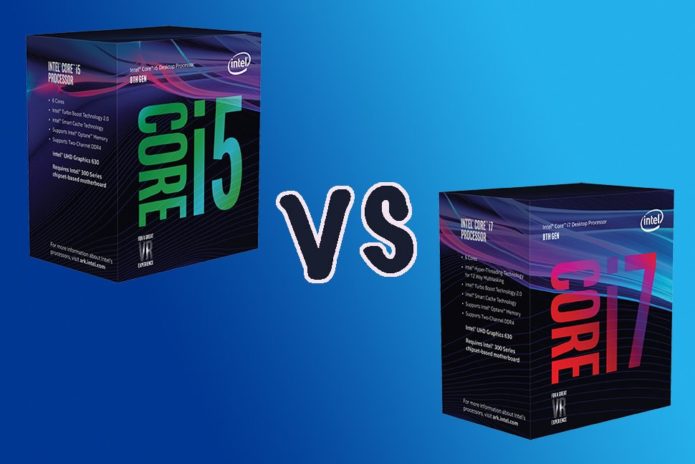Take a wander down the computer isle in your local electronics store, or have a browse online for the latest laptops and desktops, and you’re likely to come across a lot of references to Intel i5 and Intel i7.
So just what do these technical-sounding names mean? And why you should care?
We’re about to tell you, so you can make an informed choice the next time you’ve got a stack of cash to spend and need a computer to spend it on. While the precise details of model numbers and performance rankings can get quite complex, the fundamentals are relatively easy to grasp.
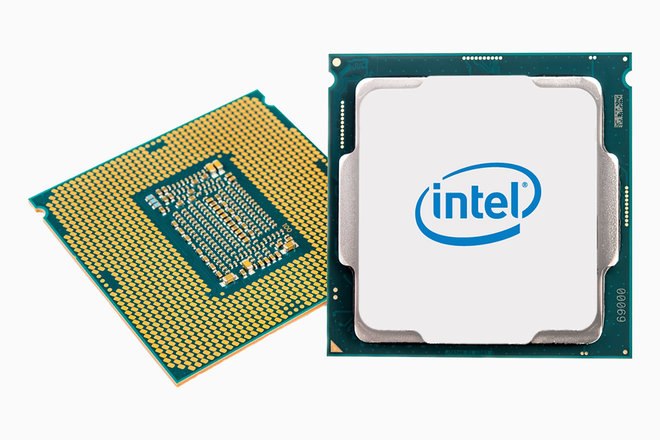
Intel i5 vs Intel i7: the basics
Intel i5 and Intel i7 are, simply put, processor brains for fitting inside a laptop or a desktop computer. This i5 or i7 chipset isn’t the only component that determines the computer’s speed, but it is the most important one as far as performance goes.
The i5 and i7 codenames are just nomenclature decided on by Intel, with the i7 the most powerful and the most expensive of the two. There’s also the i3 chipset, for lower-end and cheaper systems that don’t require as much grunt under the hood, and the i9 chipset for those who really want blazing fast performance.
Both Intel i5 and Intel i7 refer to families of processors, so you’ll come across a lot of different model names and numbers. As Intel refreshes its chips, It keeps the i5 and i7 labels, so when you’re making a choice between them it’s important to know their year of release and generation codename (like Skylake) as well as the numbering.
As we’ve said, Intel i7 chips are typically more powerful and will cost you more money than Intel i5 chips. In addition, newer Intel i7 and Intel i5 chips will work faster and more efficiently than older models launched in previous years. Newer chips will also operate with a lower power draw, which is important for keeping systems slim, and for laptops relying on battery power.
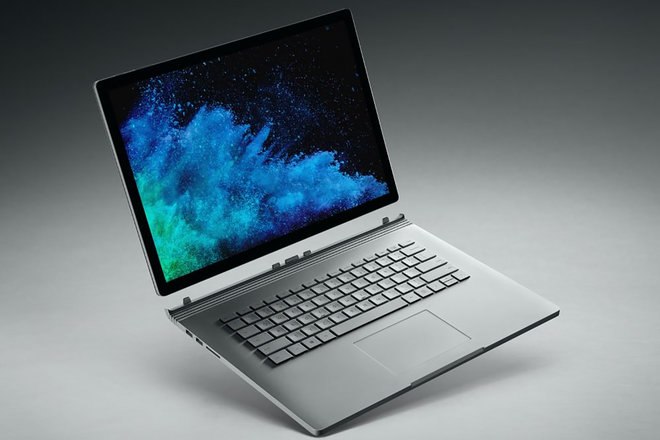
Intel i5 vs Intel i7: current specs
A variety of factors affect the speed of a processor and therefore the speed of the attached computer: how many cores it has, how fast its clock speed is (measured in GHz), and any extra features added in by the manufacturer. When comparing Intel i5 and Intel i7 chips, it’s important to bear all these specifications in mind.
The key advantage of Intel i7 chips involves Hyper-Threading, essentially a way of doing more tasks simultaneously – that, together with more cache memory (for storing system data where it can be quickly accessed), gives them an advantage over Intel i5 chips (some i5 laptop chips support Hyper-Threading, but the i5 desktop chips don’t). Both families of processors are available with similar clock speeds and run four or six cores, though i7 configurations will often be higher-end.
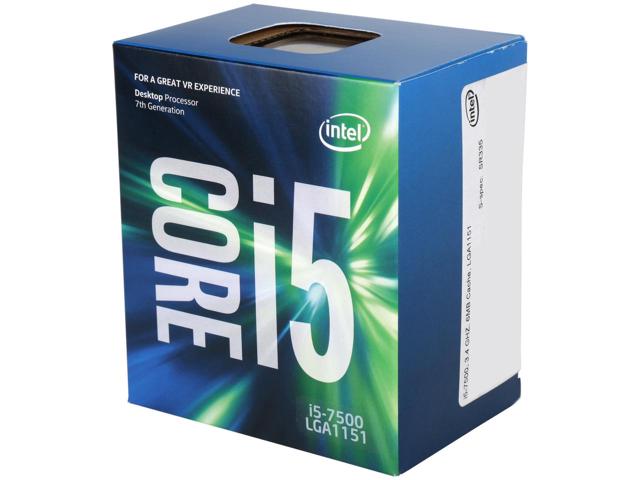
While you can put together a seriously capable machine with an Intel i5 processor, the very top hardware options make use of Intel i7. You can crunch through video encoding and play the best games with a premium i5 chip; but those videos will encode faster at higher resolutions, and those games are likely to hit higher frame rates, with an i7 upgrade.
Most users will get by just fine with an Intel i5 processor, particularly the most recent 8th-generation “Coffee Lake” versions. If you’re serious about your games or your creative work, then you might want to consider an upgrade to an Intel i7 processor instead. It does, however, depend largely on what you’re doing with your computer and the other components you have installed – research is key.
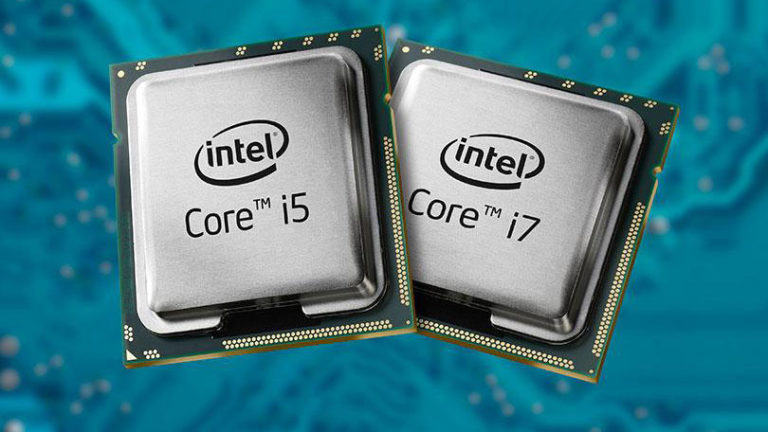
Intel i5 vs i7: how to choose
If you’re faced with a choice of a laptop or desktop computer with either an Intel i5 chipset or an Intel i7 chipset, then your selection really boils down to performance vs price – do you need a faster computer, or would you rather save some money? As we’ve said, the i7 models are top in terms of performance, but unless you’re encoding a lot of video, or doing something equally intensive, an i5 should suit you just fine.
The model numbers listed after the processor name in the full tech specs list should tell you exactly which piece of silicon you’re dealing with. The first digit tells you which family of processors you’re looking at, so the Intel Core i7-8086K is from the most recent 8th-generation family. The last letter tells you what kind of processor you’re dealing with – K means it can be overclocked easily, and Intel has a full guide to this.
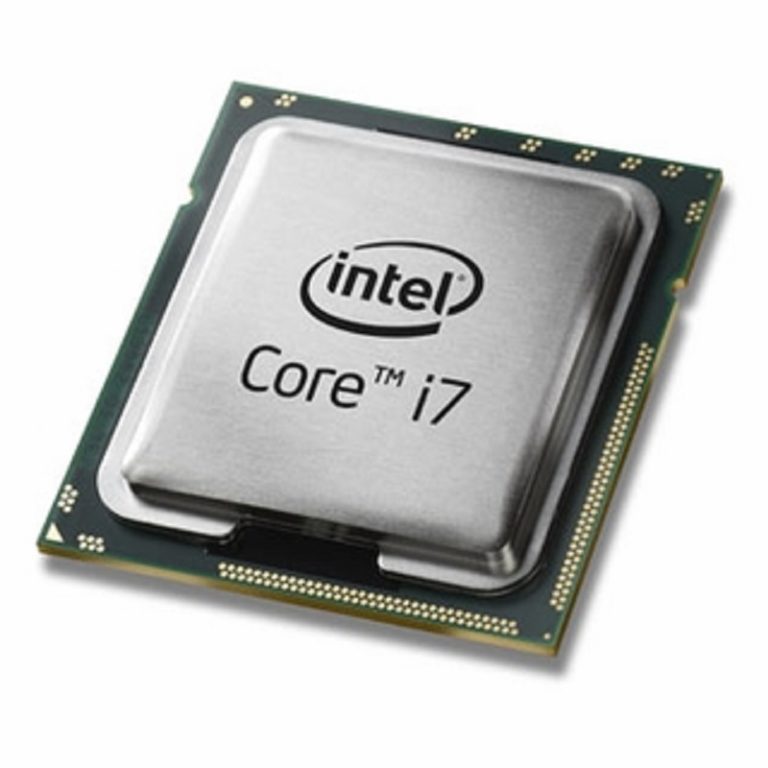
There is another important consideration: graphics. Again, the i7 models typically outperform the i5 models, but if you’re installing a separate graphics card to take the brunt of generating the visuals, then that will largely negate the differences. You can see that choosing between i5 and i7 isn’t just a straight up choice between processors and prices.
If you’re pushed into a corner at a very geeky dinner party and asked to explain the differences between Intel i5 and Intel i7, you can get away with saying the i7 processors are more powerful and more expensive.
When it comes to actually buying a computer though, be wary of paying the extra cash for an i7 upgrade, because it’s not always worth it – look up the performance of the processor model numbers you’re considering on the web, in the tasks you’re going to be doing, to help make a decision.
(pocket-lint.com, https://goo.gl/BgPvBg)


